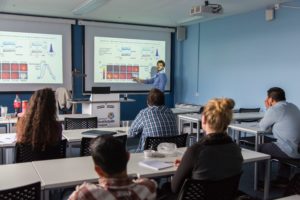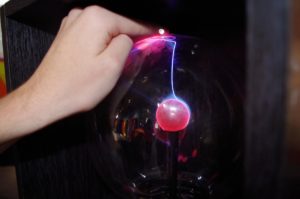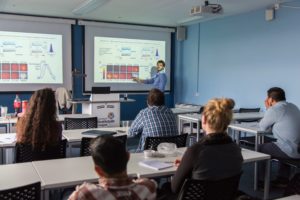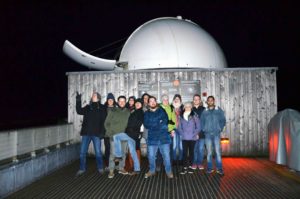 On November 18th, SCOPE organised a night trip to the Scottish Dark Sky Observatory (SDSO) located in the edge of the Galloway Forest in Ayrshire.
On November 18th, SCOPE organised a night trip to the Scottish Dark Sky Observatory (SDSO) located in the edge of the Galloway Forest in Ayrshire.
During this visit twelve of our members had the chance to visit the SDSO centre and enjoy their indoors exhibition together with an astonishing sky observation outdoors allowed by the clear skies during the visit.
The observation was guided by two members of the SDSO staff that were operating two telescopes, one of which was inside an impressive 5 metre dome. With the mentioned equipment, we were able to observe some of the major objects in the Northern Hemisphere night sky including major constellations such as Cassiopeia, Orion or Pegasus, some galaxies like Andromeda, and even the planet Uranus.
During the observation we also received interesting explanations not only regarding the astronomical objects we were looking at but also about the process of observation itself. Moreover, we had the chance to practice night photography with some of our cameras and the help of the members of SDSO and their tripods.
After this, we visited the exhibition inside the SDSO centre that included some models of planets, astronaut missions and some Physics demonstrations.
We consider that this trip was a fantastic opportunity for SCOPE members to learn about Astronomy and the local facilities that currently exist in Scotland for this purpose. Moreover, we gained awareness about issues like light pollution that obstruct observation.
Finally, we would like to mention that this activity was also aimed to show SCOPE members that there are many career possibilities with a background of physics outside Academia, such as outreach in Astronomy.

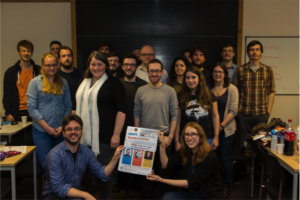 After a very successful first run last year, we wanted to repeat our SCOPE Career Evening which took place on October, 24 2017.
After a very successful first run last year, we wanted to repeat our SCOPE Career Evening which took place on October, 24 2017. As part of a developing SCOPE tradition, we welcomed, on October, 12 2017, new and not so new students to SCOPE with a start-of-the-semester social night.
As part of a developing SCOPE tradition, we welcomed, on October, 12 2017, new and not so new students to SCOPE with a start-of-the-semester social night.